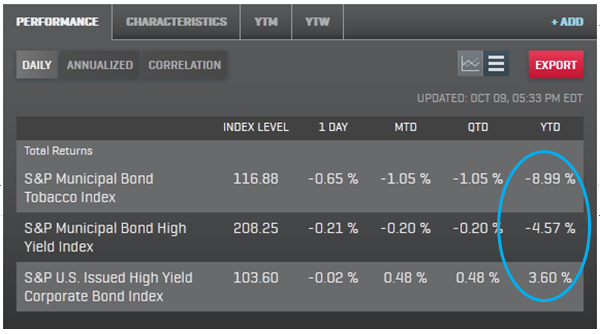Recently we attended a conference at which many hedge fund representatives were present. Not surprisingly, there was much discussion of the ability of hedge funds, and by extension active managers generally, to generate alpha. This raises an obvious question: what is the market’s capacity to produce alpha? Is there a natural limit to investors’ ability to earn excess returns?
One way to frame this issue is to ask a related question: how much beta is there? This turns out to be a fairly easy computation. As of September 30, 2013, the total value of the U.S. stock market was $18.8 trillion. So in aggregate, there’s $18.8 trillion of U.S. beta available.
If the market’s “beta capacity” is $18.8 trillion, what is the market’s “alpha capacity?” The answer, in aggregate, is $0. There is no natural source of alpha. I can earn a positive alpha only if some other investor earns a negative alpha. Successful (or lucky) active equity managers, in aggregate, can only produce positive alpha if less successful (or unlucky) managers endure negative alpha. And of course trying to earn alpha costs more than passive management, whether the quest is successful or not. So it’s not surprising that a majority of active equity managers typically underperforms a passive benchmark, nor is it surprising that passive management has consistently gained market share relative to active management.
All of which is relevant to our initial question about the aggregate supply of alpha. Consider two scenarios. First, assume that the $18.8 trillion U.S. equity market is entirely actively managed. Then $9.4 trillion is controlled by below-average managers, and $9.4 trillion is controlled by above-average managers. Assume that the average below-average manager underperforms by 2% per year. Then the total alpha available for the above-average managers to harvest is $188 billion (2% of $9.4 trillion).
Now assume that 10% of the market is controlled by index funds, leaving $16.92 trillion for active managers. Half of this value will underperform. Let’s assume that the average below-average manager now underperforms by 1.5% per year (which is consistent with the assumption that the worst active managers are index funds’ first victim). Then the aggregate alpha available to the above-average managers is $126.9 billion (1.5% of half of $16.92 trillion). The aggregate alpha pool has fallen by more than 30%.
By reducing the number of potentially-underperforming active managers, indexing reduces the rewards for those that remain.
The posts on this blog are opinions, not advice. Please read our Disclaimers.













































